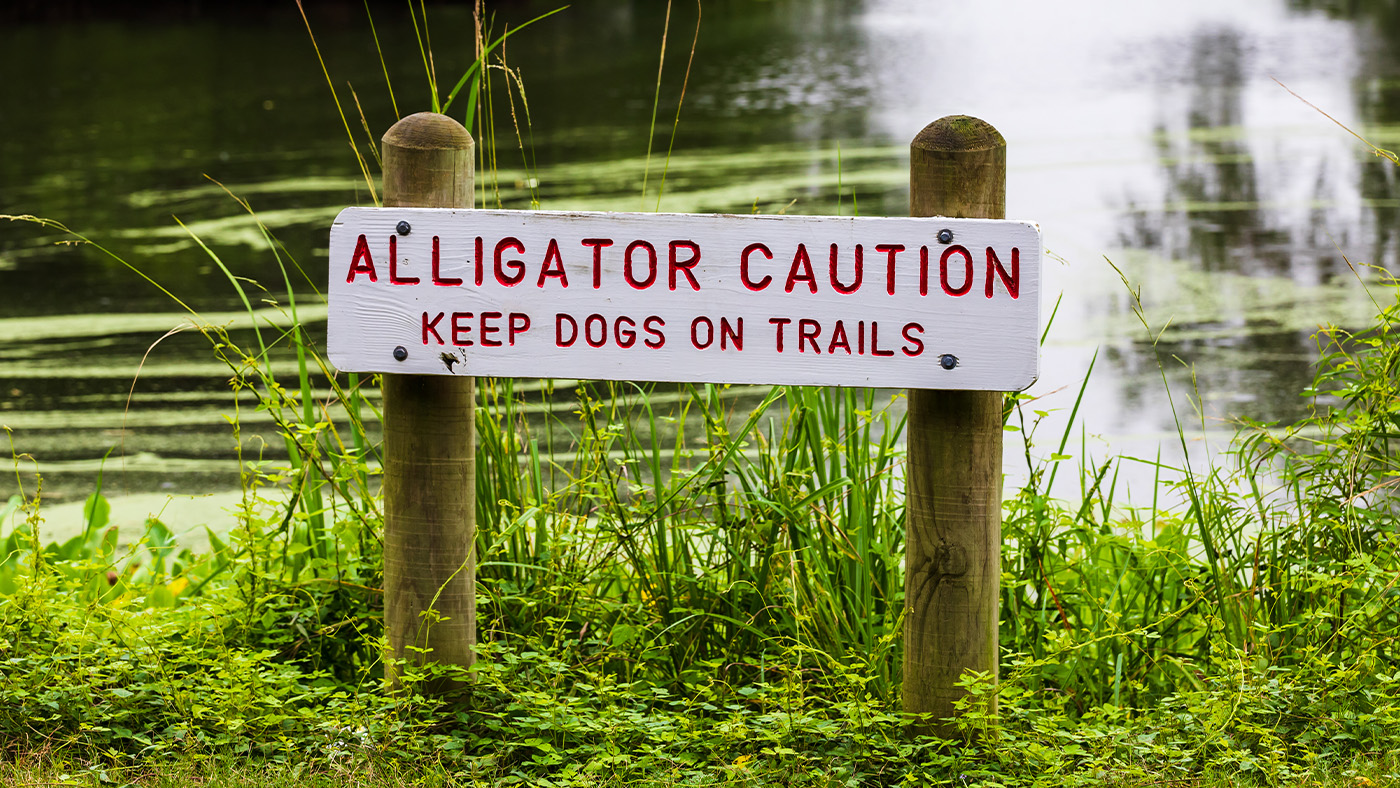Choosing a dog breed: 6 things I wish people would consider first that will save them money, time and stress
As a dog behaviorist, I see problems time and time again that could be avoided if owners chose the right breed

I’ve been working with dogs for more than 20 years as a breeder and a qualified dog behaviorist, rehabilitator and trainer. I have seen all the mistakes that new dog owners make time and time again, and some of these stem from choosing the wrong breed.
There are so many dog breeds – some are high-energy, while others are cited as the smartest breeds – but one thing that’s clear is that not every breed is for every owner, and there’s a little work needed to find the right match.
Here are six things I wish people would consider before choosing they settle on a dog breed – they could save you time, money and stress, and help you find a dog that you can offer a good life to.
1. There is no such thing as a non-shedding hypoallergenic dog
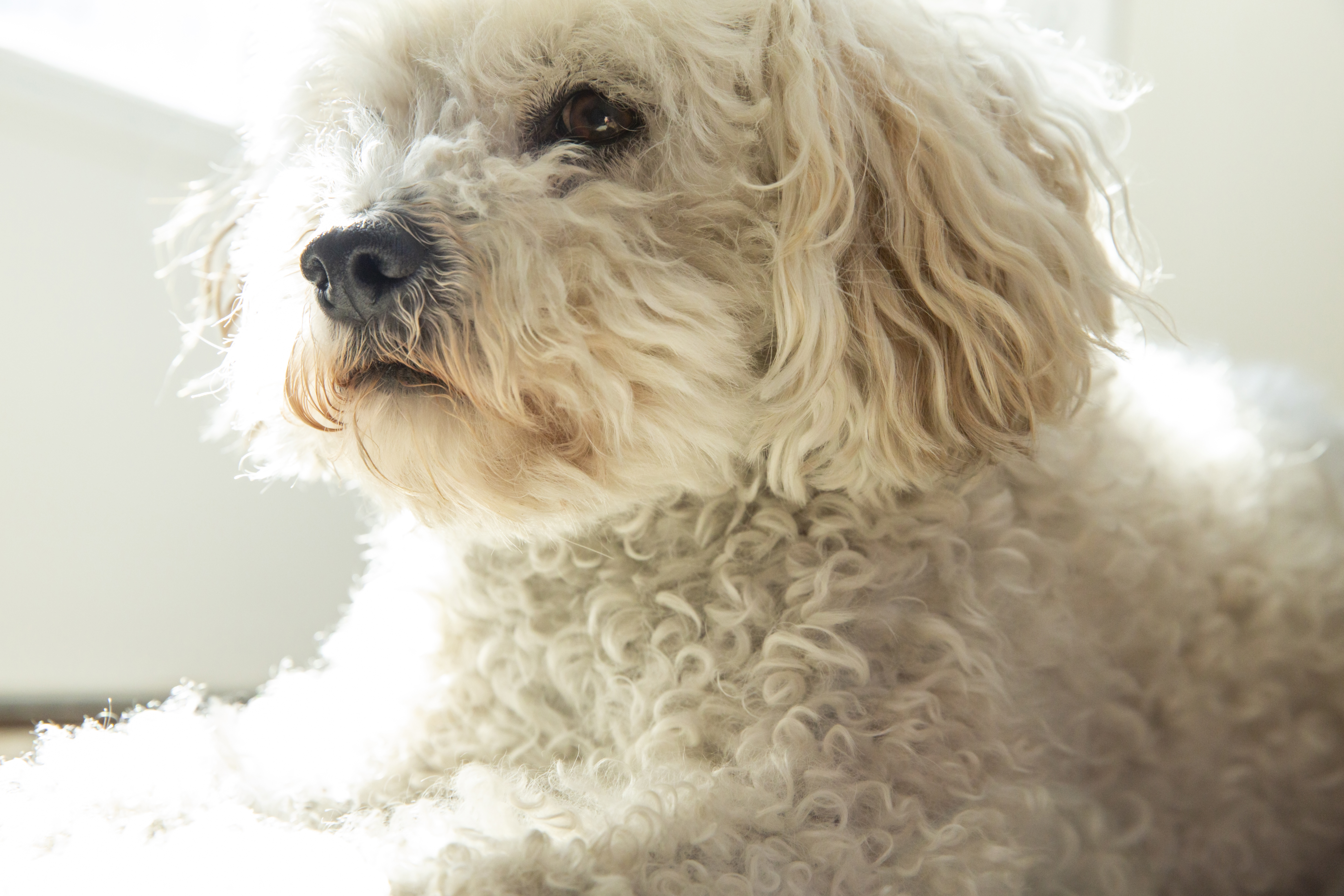
No matter what you’ve heard, there’s no such thing as a totally hypoallergenic dog breed. While they may not go through heavy moults like most dogs, they still shed, and they still release dander and other allergens from their skin and coats.
If you’re allergic to dogs, this is something you must consider.
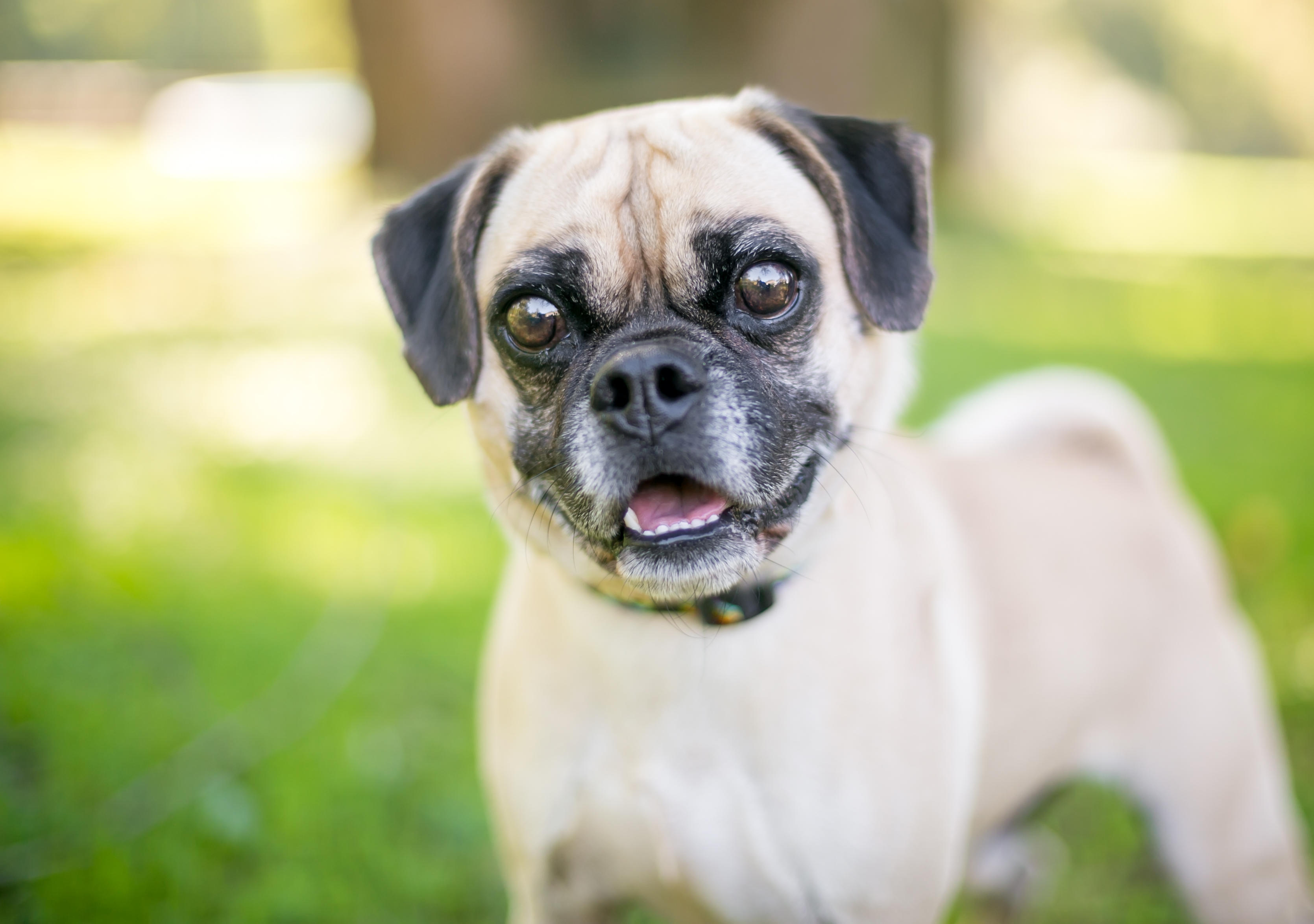
2. Designer breeds do not exist
While some breeders have taken it upon themselves to cross breeds and give them daft names (just look at the poodle crossbreeds), it’s important to know that these are not Kennel Club registered.
There is absolutely nothing wrong with crossbreeds, but there are plenty that need homes in animal shelters.
If you’re looking at a crossbreed that is an unusual colour – for example, purple or dappled – the chances are you will encounter significant health problems. Sadly, this occurs all to often and results in problems, such as deafness or limb deformities that usually need amputation.
Little thought is given to the health implications of crossing breeds, never mind the behavioural traits from each breed they are likely to inherit. For me, the icing on the cake is that these breeders then charge you an awful lot of money for a dog that is probably going to cost you thousands more in vet fees.
It’s an injustice to breeders who health test, check for temperament and make sure their lines are the best they can be generation upon generation. And in most cases, these breeders do not charge as much for a purebred, despite the amount of money it costs to health test and raise a litter.
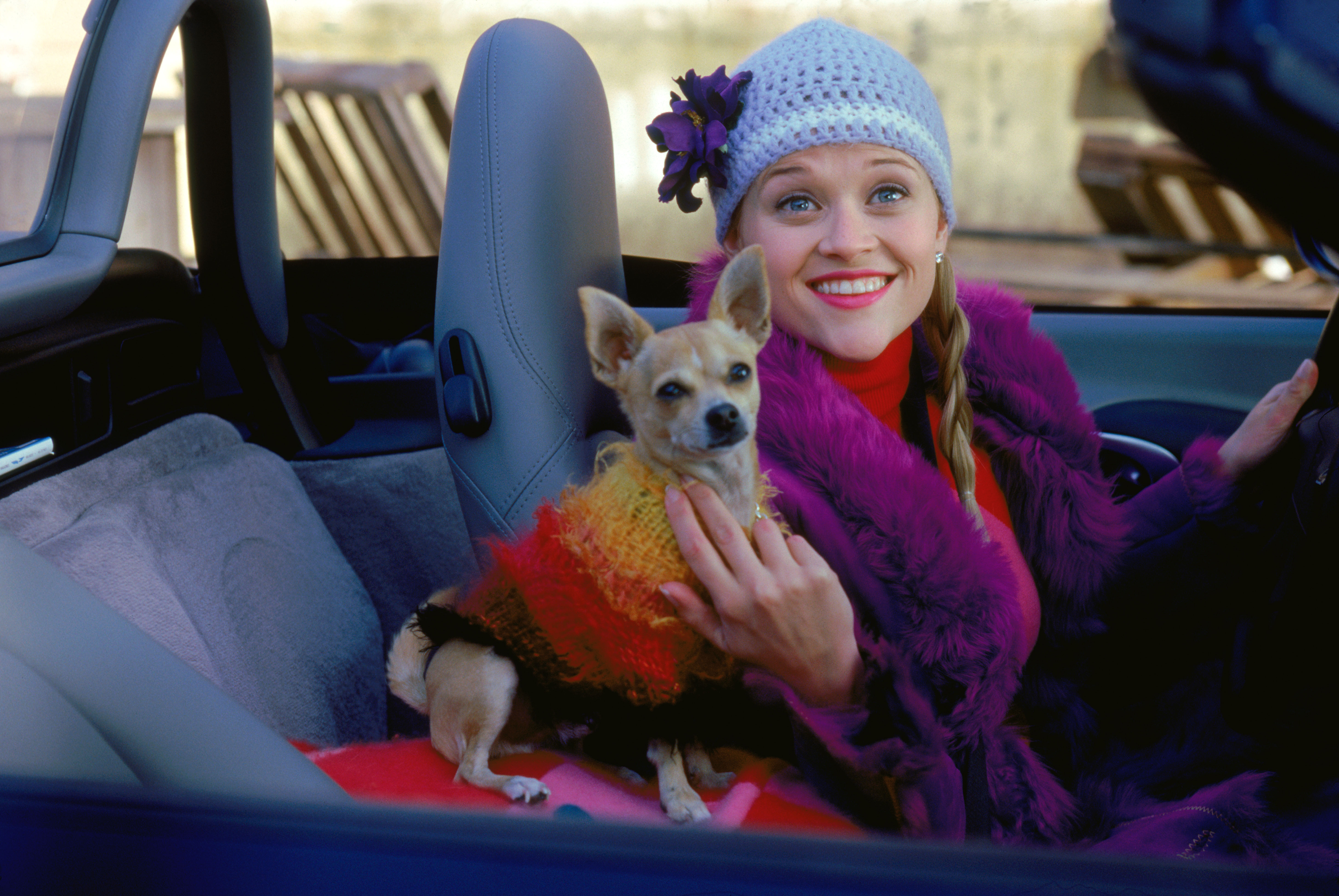
3. Just because you’ve seen a breed on the TV doesn’t mean that is what you will get
Every time there is a movie with a dog in it, the inevitable wave of breeding occurs as the popularity increases and becomes a trend.
We have had it with French Bulldogs that have been on TV and in celebrity culture – and it is now the most popular breed in the US. Frenchies suffer serious problems with their breathing, as do bulldogs that have had other breeds added to them to produce non-standard colours and with no necks. These dogs are not usually able to birth naturally either.
Another example is the Belgian Malinois – as magnificent as they are, are not good family dogs. They are highly intelligent with a huge prey drive. They are not to be kept in a two-bedroom apartment and walked for 40 minutes a day – they need working properly!
Dogs in movies have spent hours upon hours in a structured environment and training with highly qualified and experienced people.
4. Research your breed
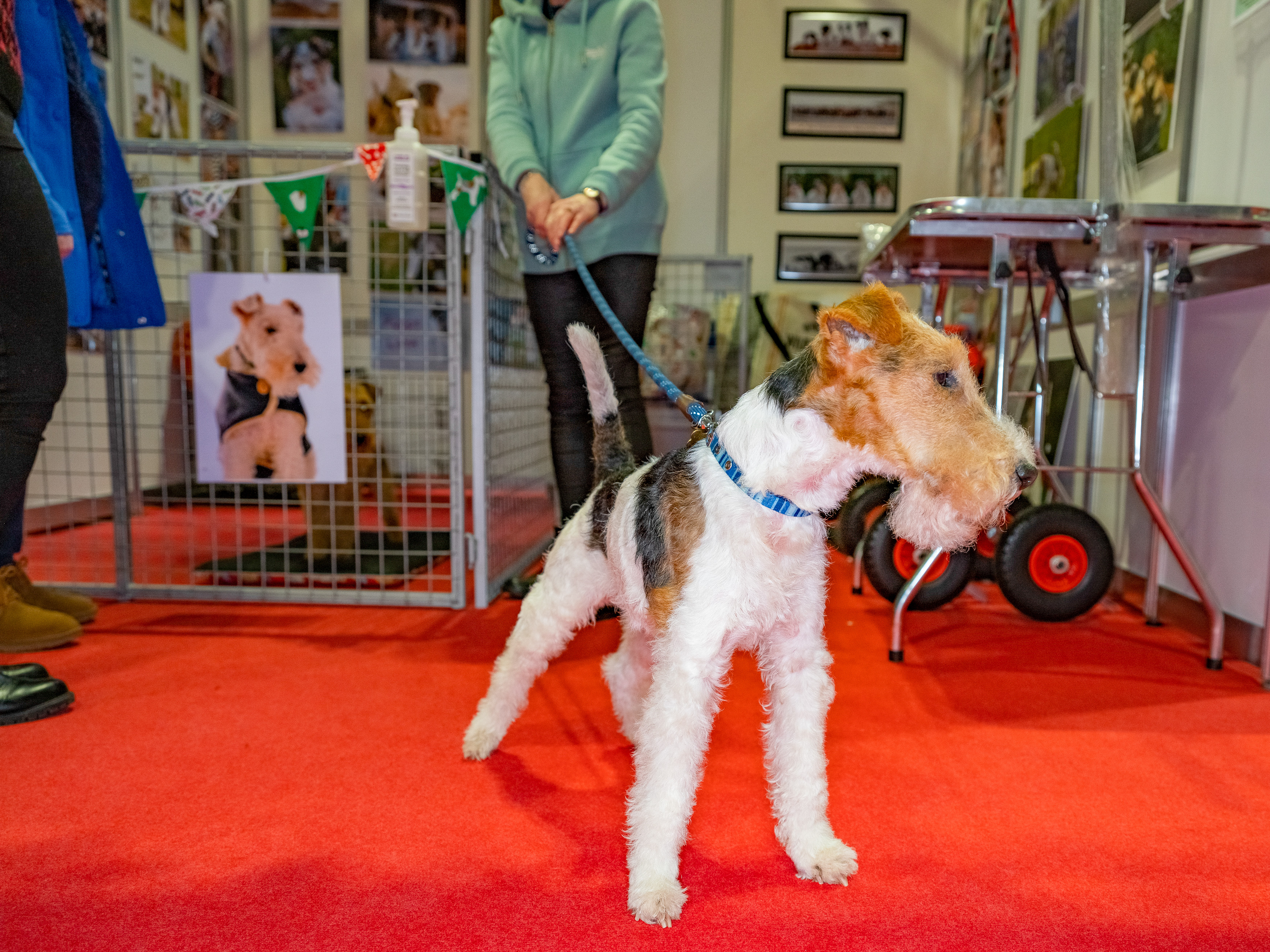
This is a real bug bear of mine. Being a breeder of a giant breed, not to mention a vulnerable native breed, I test and interview all prospective owners of one of my puppies.
I find that people see a dog, like the look of it and then buy one with no forethought to the personality, their breed traits, their inherent genetic needs, the costs that may be incurred.
Before buying a dog, you should take the time to research the breed, spend time at some shows and talk to breeders and owners who have vast experience. This is why I manned a stand in the Discover Dogs area at Crufts for so many years – I wanted to educate people on English Mastiffs.
It is ideal for people to get lots of information from breeders and owners that you won’t find on Google.
Do not get a working cocker spaniel if you cannot walk it for two to three hours per day. Do not get a giant breed if you’re older and in poor health just because you have always had them.
5. The naughty puppy in the litter is not the high ranking one

This is a common mistake to make. When viewing a litter most assume that the dog that is the most robust and social is the higher ranking, but this is wrong!
These are usually the clowns of a litter who are very sociable and biddable. The puppies that seem more aloof, completely confident and knowledgeable stand tall but have a relaxed assertive posture. These ones may also control access to toys, food and resting spots from other puppies. These puppies are the decision makers – they are hard work and need a knowledgeable handler.
There are variety of test that can be done to ascertain the type of puppy you are getting – I use the Volhard puppy aptitude test, which tests for social attraction, following, restraint, social dominance, elevation dominance, retrieving, touch sensitivity, sound sensitivity, sight sensitivity, and stability. A good breeder will help you choose the right dog for you and your family.
6. Don’t get a dog if you’re at work all day
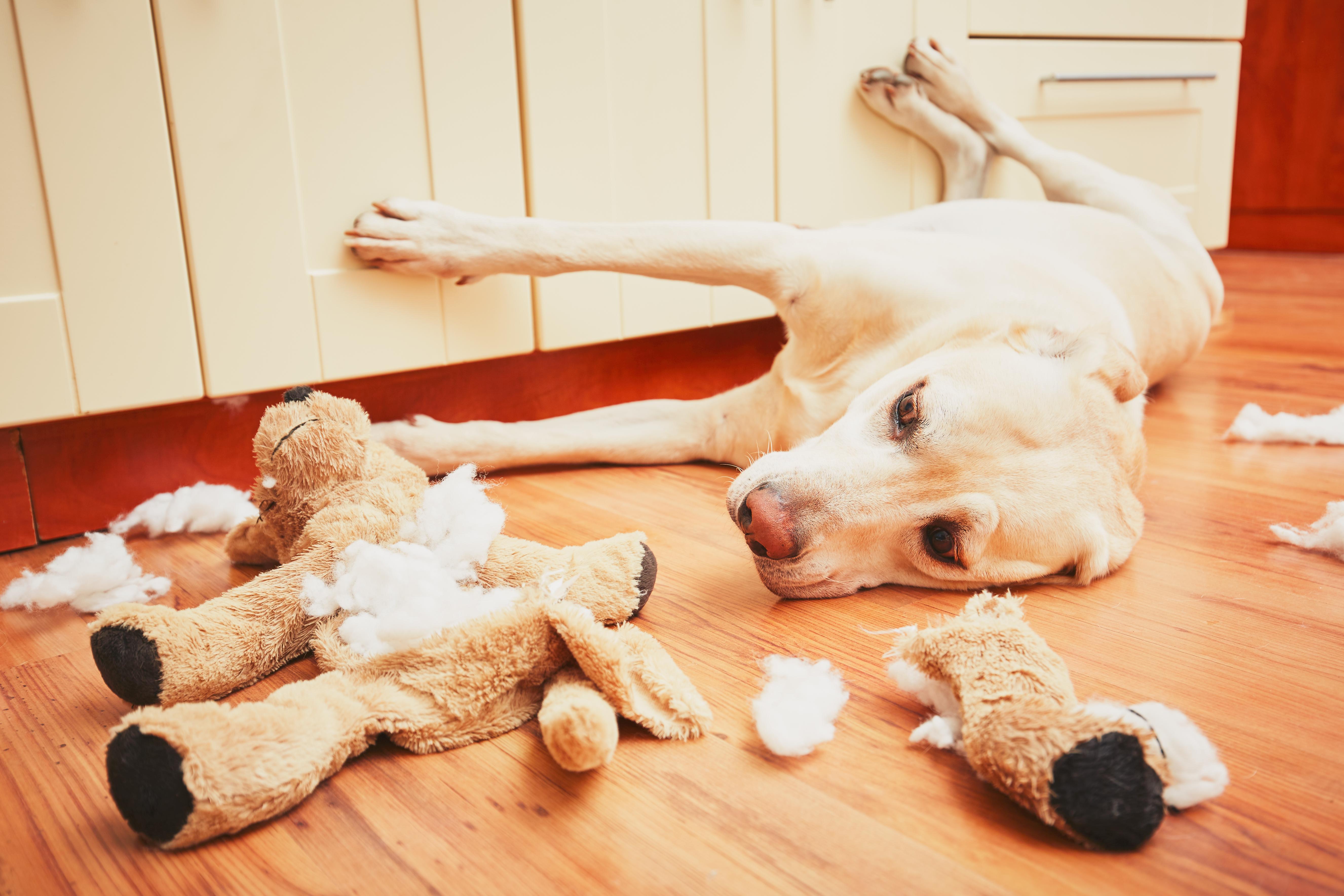
This is irresponsible and unfair on your dog unless, of course, you have the financial ability to send it to a reputable daycare provider.
Looking for a new pet? Here are some reasons to adopt a dog
PetsRadar Newsletter
Get the best advice, tips and top tech for your beloved Pets

Helen Masters is a fully qualified dog behaviorist, rehabilitator and trainer, and has more than 20 years’ experience working with dogs. She is a Kennel Club Accredited Trainer, and has a wide range of canine and animal qualifications and affiliations.
Helen also breeds mastiffs and has been a regular attendee at Crufts with her dog Neville. In her spare time, Helen also writes all about dogs for PetsRadar’s sister title, Horse & Hound.
